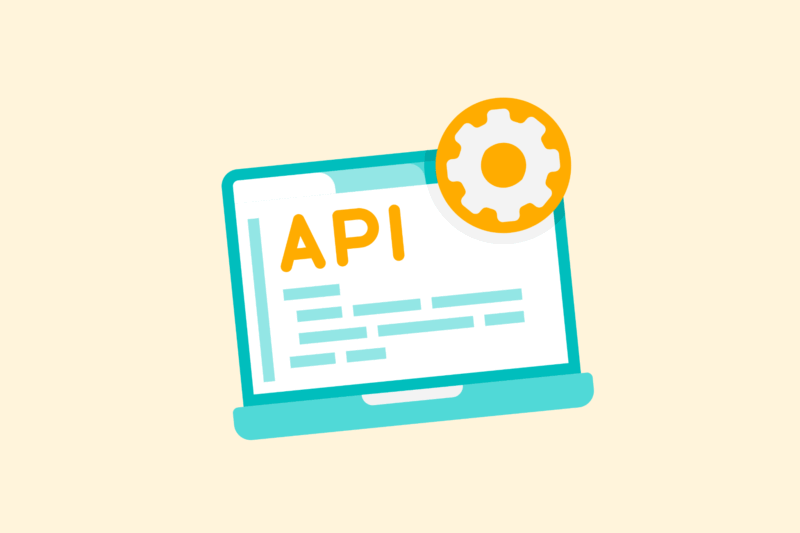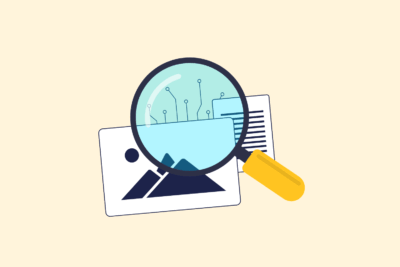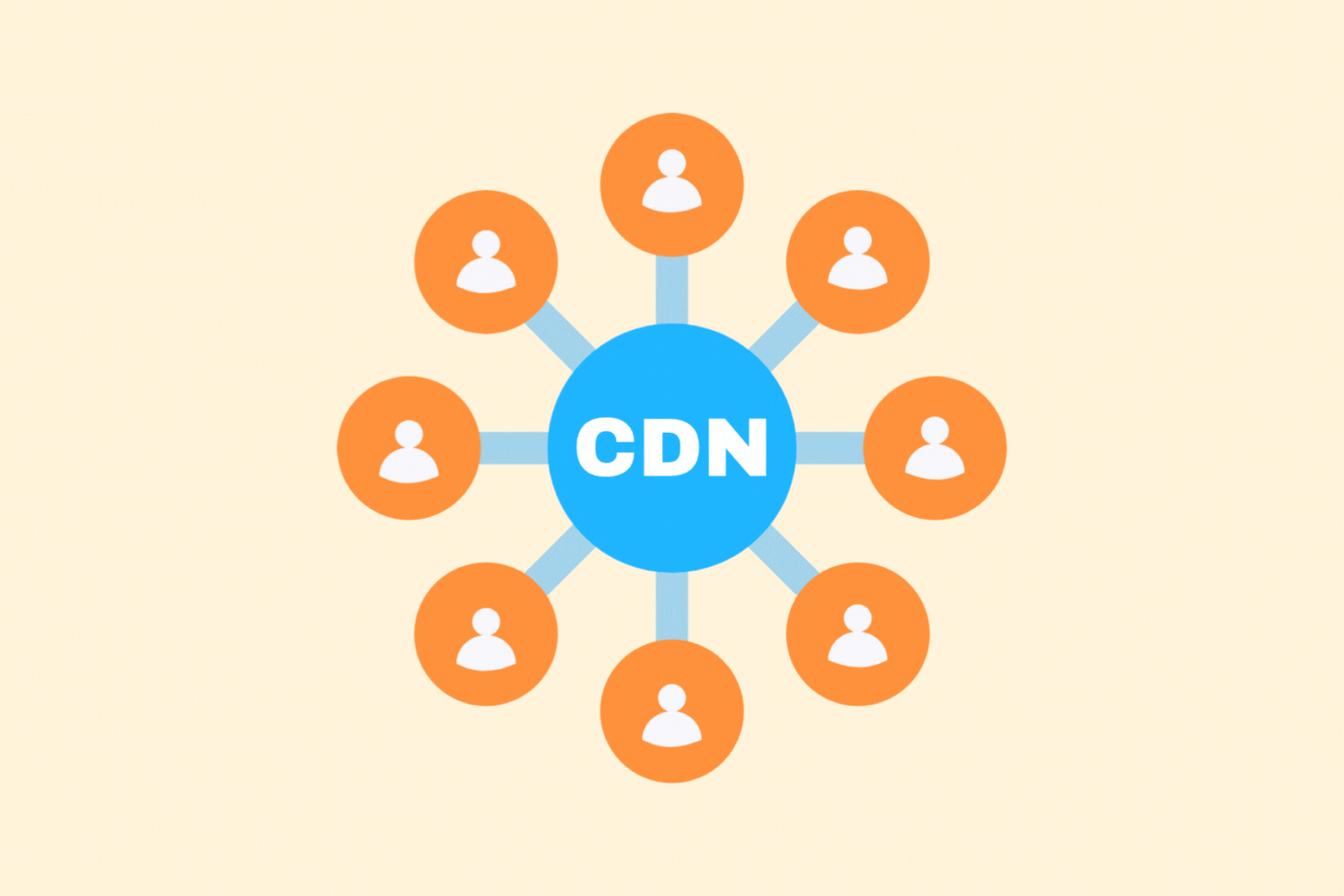Here’s how to build your own SEO dashboard with APIs

For SEO specialists who work structurally with data, having your own SEO dashboard with APIs is not a luxury. Instead of having to manually run exports or open multiple tools each time, automate that process. With a well-designed dashboard, you keep a real-time overview of rankings, traffic, crawl issues and more. I’ll explain how to set this up via APIs from tools you probably use anyway.
Step 1: Choose your goal and KPIs
Don’t start building. Start thinking. Think about the question: What should the dashboard show? These are examples of common components when setting up dashboards:
- Daily or weekly keyword rankings
- Organic traffic per landing page
- An overview of crawl errors, indexing problems
- The technical status of the site (e.g. Core Web Vitals)
- Backlink growth and domain values
Formulate the KPIs that you (or your client) monitor regularly. That will determine which tools and APIs you need.
Step 2: Choose your tools + APIs.
A number of commonly used SEO tools also offer an API. Here are the most relevant APIs:
- Google Search Console API.
This API plots clicks, impressions, CTR and average position per search query or page. - Google Analytics 4 API
For showing organic traffic, sessions, conversions, etc. at the page level. - Ahrefs API / SEMrush API (paid account only).
For displaying backlinks, domain score, keywords and competitive analysis. - Screaming Frog + API connector.
For mapping crawl data such as status codes, canonicals, HREFLANG tags or structured data. - PageSpeed Insights API / Lighthouse CI
For showing for technical performance and UX scores.
Step 3: Process your data (e.g., via Python or Google Sheets)
You will process API data through tools such as:
- Google Sheets (Apps Script or Supermetrics)
This tool is accessible, visual and the data that comes out is quick to share with customers. Tools such as Supermetrics or API Connector (Add-on) make this easy. The disadvantage of Google Sheets is its limited scalability.
- Python + Pandas + Looker Studio
This tool offers more flexibility. You pull in raw data with Python (for example, via requests), structure it with Pandas and visualize it via Looker Studio or a custom front-end. This tool is recommended for larger projects or multiple clients.
Getting started with SEO? Feel free to get in touch.

Step 4: Automate & update
A dashboard is only useful if the data in it is current. So provide automatic updates, for example:
- In Google Sheets: Allows you to set triggers through Apps Script
- In Python: Allows you to automate scheduled processes using a cronjob or Cloud Function.
- In Looker Studio: live linked to data source (BigQuery, Sheet, API)
Also check regularly for errors, such as API rate limits, expired tokens or non-loading queries.
The sample structure for an SEO specialist’s dashboard
| Section | Content | Source |
| Search traffic | Displays, clicks, CTR per page and search term | Google Search Console API |
| Rankings | Position, keyword, URL, difference from last week | Ahrefs API |
| Crawl errors | 404s, redirect loops, canonical errors | Screaming Frog / GSC |
| Backlinks | New/lost backlinks, referring domains | Ahrefs / SEMrush API |
| Core Web Vitals | CLS, LCP, FID per template | PageSpeed Insights API |
Summary
Building your own SEO dashboard is quite a bit of work, but in the long run it saves time AND mistakes. You no longer have to wait for exports or open separate tools. Moreover, it offers direct value to your customers: transparency, continuous insight and always up-to-date.
Are you already working with APIs in your dashboards or just getting started? Let me know. I’m happy to share concrete scripts or templates.






